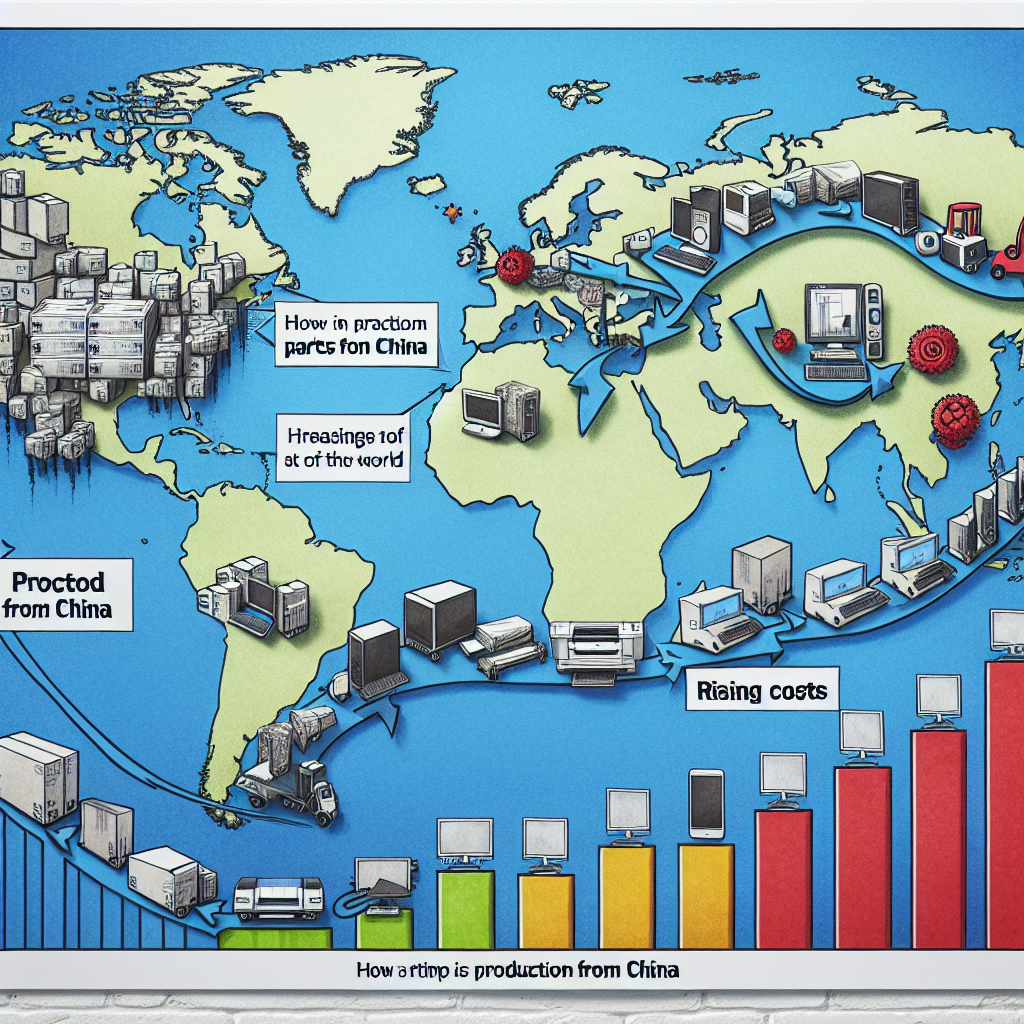Faced with increasing tariff pressures and rising costs, global computer and printer giant HP announced two major strategic adjustments: accelerating the relocation of production lines out of China and increasing prices for certain products.
This move comes as HP revises down its annual financial forecast. The company cited higher-than-expected tariff expenses in the recent quarter, coupled with slowing hardware demand, as the primary reasons for adjusting its outlook. The second-quarter financial report showed that profits and earnings per share fell short of expectations, with tariff and restructuring expenses leading to a 12-cent decrease in earnings per share.
Following the announcement, HP’s stock price plunged 15% after hours on Wednesday, May 28, to $23.22 per share, marking a nearly 18% cumulative decline over the past year.
CEO Enrique Lores stated, “Tariff costs have exceeded expectations, affecting more countries.” Since the Trump administration proposed imposing high tariffs on Chinese goods, production costs have significantly risen for the company. The increase in tariffs and component costs alone has reduced HP’s net profit for the 2025 fiscal year by approximately 9.16%.
According to The Wall Street Journal, in order to reduce dependence on the Chinese supply chain, HP has greatly expanded production capacities in Vietnam, Thailand, India, Mexico, and the United States. Lores noted that by the end of the 2025 fiscal year, over 90% of the production lines for products in the North American market will be relocated out of China.
In fact, this relocation plan has been in the works for some time. As early as 2023, foreign media reported that HP planned to transfer over half of its personal computer (PC) production capacity to Thailand within two to three years. At least five suppliers have already begun constructing new factories or warehouse facilities in the area to support the transition.
Meanwhile, HP will implement targeted pricing actions, increasing prices for certain products to cope with the pressure from rising tariffs. The company continues to strengthen cost control measures, aiming to fully offset the adverse impact of tariffs on profits by the fourth quarter of the 2025 fiscal year (ending in October).
Lores added that the staff reduction and restructuring plan initiated by the company in November 2022 is progressing faster than expected, with up to 9,000 positions set to be cut, and the actual cost savings expected to exceed the initial estimates.
Despite the overall slowdown in the PC market growth, Lores believes that the major growth momentum in the latter half of this year will come from commercial customers, especially in the backdrop of rapidly expanding applications of Artificial Intelligence (AI). HP anticipates that AI personal computers will account for over 25% of its total shipments by the fourth quarter.
In addition to HP, other major PC manufacturers, including Dell, have also begun similar supply chain restructuring and production relocation efforts to diversify risks and minimize tariff impacts. This trend underscores the industry’s accelerating shift towards a more flexible and secure global layout.

